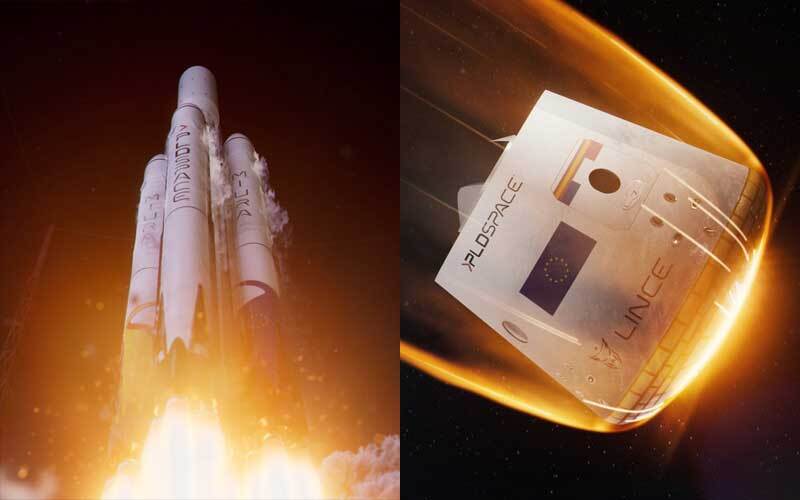8.10.2024

Credit: PLD Space
Spanish launch provider PLD Space has introduced a family of new rockets that it plans to introduce beyond its Miura 5 rocket, which is expected to make its inaugural flight in 2025. The company also revealed that it was working on a crew capsule called Lince (Spanish for Lynx).
PLD Space introduced its range of next-gen rockets during its annual meeting which was held at its new facility in Elche, Spain. The three rockets introduced were the Miura Next, Miura Next Heavy, and Miura Next Super Heavy, all based on a system or modular building blocks. Miura Next will be the base of the modular system will be a single-stick two-stage rocket. Miura Next Heavy will feature two boosters and Miura Next Super Heavy will feature four boosters. The boosters will have a shared architecture with the rocket’s core stage. The first stages and boosters will all feature a propulsive recovery capability.
The smallest of the three rockets will be capable of delivering up to 13,580 kilograms to low Earth orbit, while the most powerful will have the capacity to deliver 53,000 kilograms.
“We aim to offer the market a comprehensive space transportation solution that meets 100% of flight demands,” said PLD Space CEO Raúl Torres.
PLD Space projects that the maiden flight of Miura Next could take place by 2030. The inaugural flight of Miura Next Heavy will follow one to two years later. Miura Next Super Heavy is expected to be introduced by 2033.
Lince Crew Capsule
In addition to its range of next-gen rockets, PLD Space also introduced its Lince crew capsule, which the company has been working on for the last year.
The capsule is designed to be launched in either a crew or cargo configuration. In a cargo configuration, it will be capable of carrying 5,000 kilograms to the International Space Station (ISS) and returning with 3,400 kilograms. When carrying crew, it will be capable of supporting four of five astronauts on flights to and from the ISS. Both variants will be launched aboard the single-stick Miura Next rocket.
The first drop tests of the capsule will begin in 2025. Pad and in-flight abort tests aboard Miura 5 will then follow in 2028. The first uncrewed orbital test flight will occur in 2030.
Quelle: European Spaceflight
